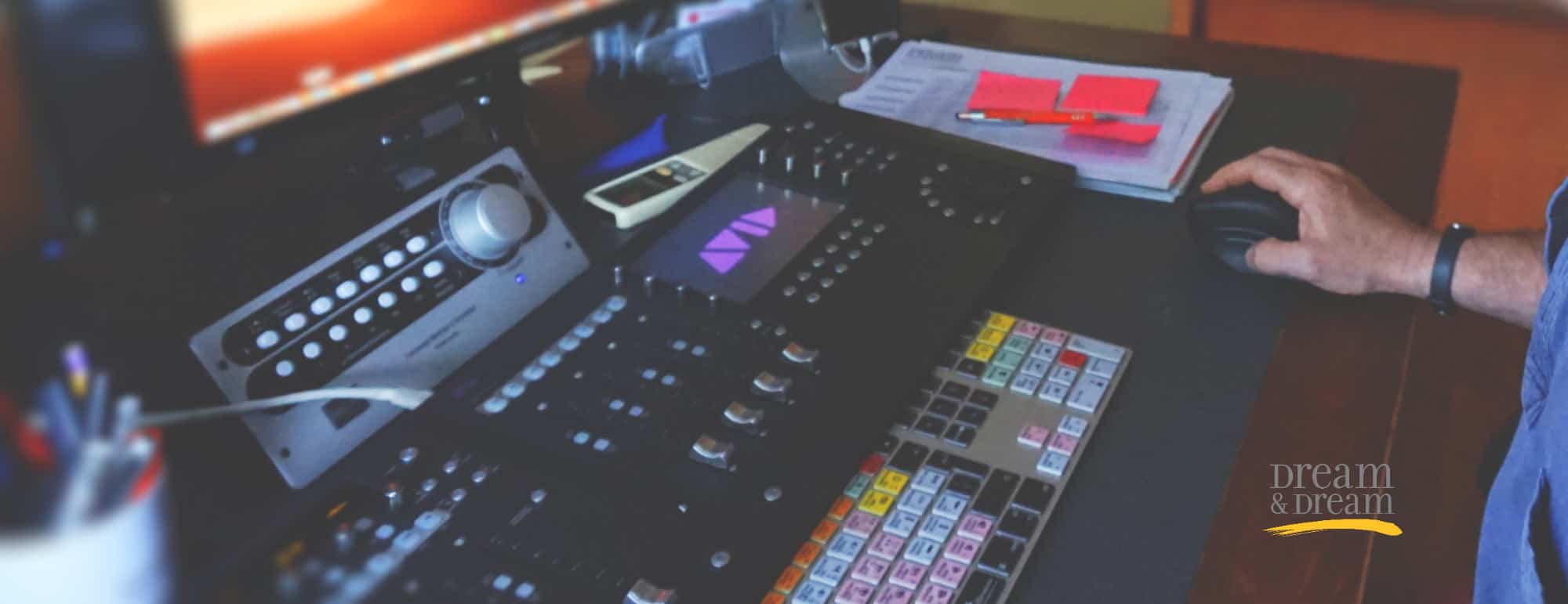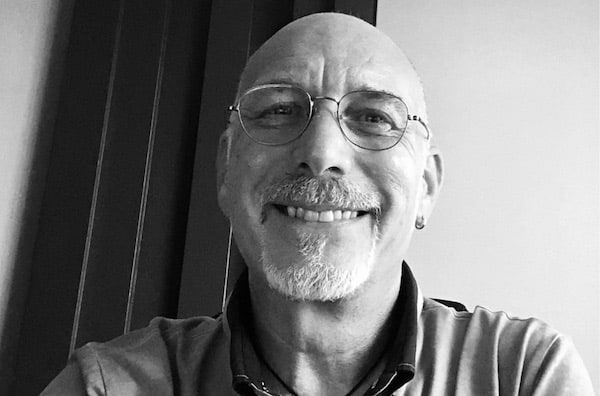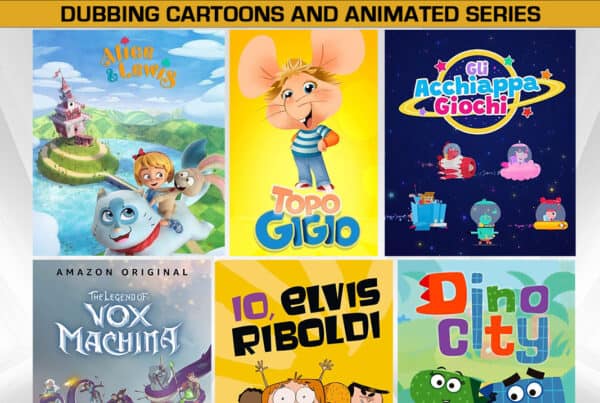Mixing a movie, for me, is exactly like mixing a music record.
The first task of a record mixing engineer is to reproduce as faithfully as possible the real sound of the instruments (unless it is electronic or experimental music) and to mix everything harmoniously in order to obtain a pleasant sound.
Starting from this idea, when you mix a movie you should aim for the same result.
My previous recording experience has helped me a lot in doing this.
A big part of the work is done upstream.
When recording, the camera operators must be very precise, using the right microphones and recording levels.
Another very important part is played by the voice actors and the dubbing director. The dubbing director gives some guidelines regarding the emission and the intention to the voice actors.
A good voice actor knows perfectly well how to use the microphone and changes the distance, the position and the emission according to the scene that has to be reproduced. In this regard, it is well known that Italian voice actors are among the best in the world.
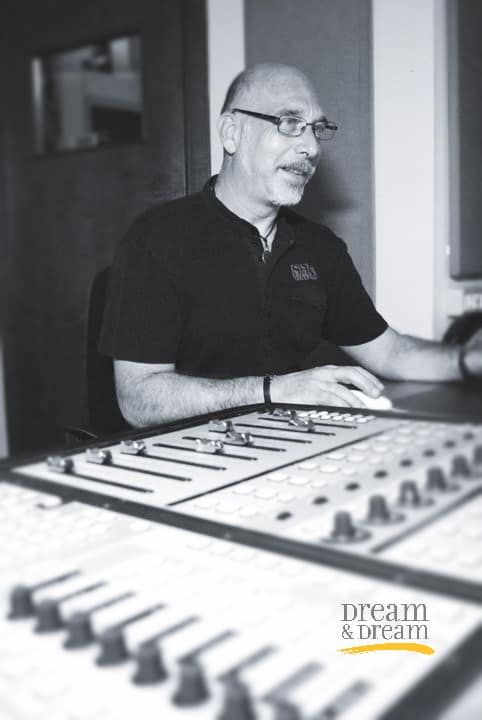
If the steps I have just listed have been performed in a workmanlike manner, the work of the mixing engineer will be much simpler and easier.
Once all the characters have been recorded, it is essential to proceed with the synchronization stage, which is a very delicate stage that consists of putting the lines in such a way as to perfectly associate them with the lip movement of the original actor.
At the end of this stage, it is possible to proceed with mixing the movie’s voices, environments, music and effects in a way that is as harmonious and realistic as possible.
It is necessary to differentiate the outdoor scenes from the indoor ones, using plugins, effects, reverbs and equalizers that allow you to insert the voices in the various environments and make them homogeneous and coherent with the scenes.
You must never lose sight of the original product trying to faithfully reproduce the sounds and environments it contains.
For instance, I could mention Uncle Frank, Lucy in the Sky, the six seasons of Vikings (airing for Italy on Netflix) and the first season of Gangs of London (airing on Sky Atlantic) dubbed and mixed in Dream & Dream.
In these cases, it was essential to insert the voices in a particularly elaborate and perfectly realized soundtrack (music and effects).
Unlike several years ago – when it was necessary to proceed with a whole series of long and complicated operations in order to raise volumes, equalize a voice or move a line – today technology gives us a precious help.
The current HD recording systems, the digital era, the thousands of plugins on the market, help us to fulfill the needs of an elaborate mixing for a movie, tv show, etc, with greater speed and simplicity.
This technological evolution has led us to surround and multichannel mixes.
Currently, home theater systems are affordable for everyone. You can easily buy multichannel systems starting from a few tens of Euros.
Over the years we have gone from mixing mono, to stereo and gradually up to the current systems:
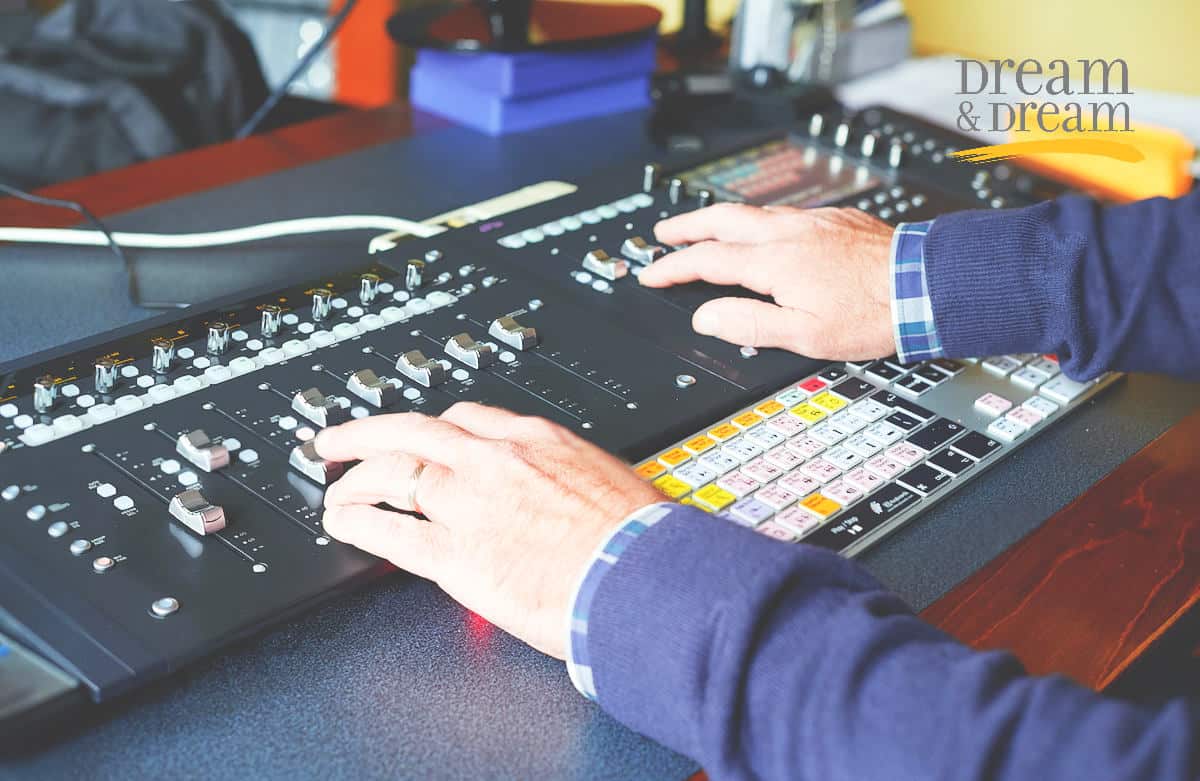
– 5.1: 6 speakers positioned to envelop the viewer in 360 degrees (Left, Center, Right, Surround Back Left, Surround Back Right). To these it is added an additional subwoofer speaker which divides the low frequencies from everything else through a bass management.
– 7.1: Exactly like 5.1 to which 2 other speakers are added and positioned on the side walls (Left Side and Right Side)
– Atmos: The latest evolution of cinema sound systems designed to enhance 7.1
It is a system that can use up to 64 speaker channels suitably positioned to completely envelop the audience. (Behind the screen, sideways, rear. On the floor and ceiling.)
It adds to 7.1 a stereo array and up to 118 “sound objects” that can be moved at will in all 3 dimensions. (Mix in 3D)
In these cases, the mixing engineer has the possibility to position the various elements that make up the sound part of the product in a way that is consistent with the viewer’s sight.
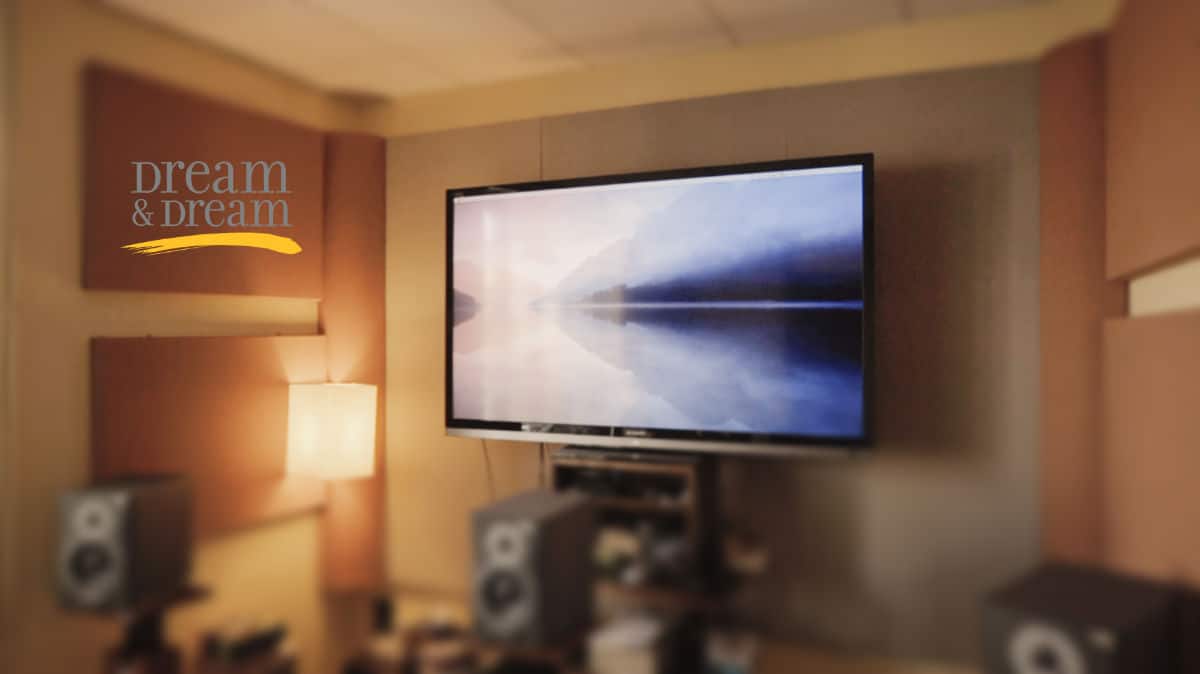
I guarantee you that using these systems is a wonderful experience but, at the same time, it can cause “unspeakable disasters”.
It is very easy to place an element in the wrong place in the scene, thus creating a sense of total disorientation in the viewer.
As can be deduced, any engineer for mixing movies, TV series or other audiovisual products should always update and evolve to keep up with new technologies and new systems.
Globalization has led production companies to adapt their processes for an increasingly demanding market.
But this aspect must not make us lose sight of the point from which we started.
Our aim is to have a harmonious and pleasant result as close as possible to reality, respecting the sounds of the original and “playing” on the spectator’s emotions.
Have you ever watched a movie on TV and needed to turn the volume up and down all the time because the dialogues are too low or the music and effects are too loud?
Has it ever occurred to you that the voices are too high at the expense of the soundtrack or effects?
If the answer is yes, the mix of this movie probably wasn’t done very well.
As an audio professional and as a consumer of films and TV series, the listening volumes should be set at the beginning of the movie. After that, you can relax on a sofa and enjoy the vision.
From the beginning until the end.




